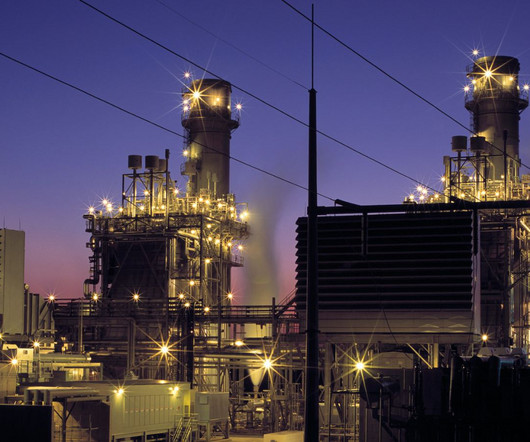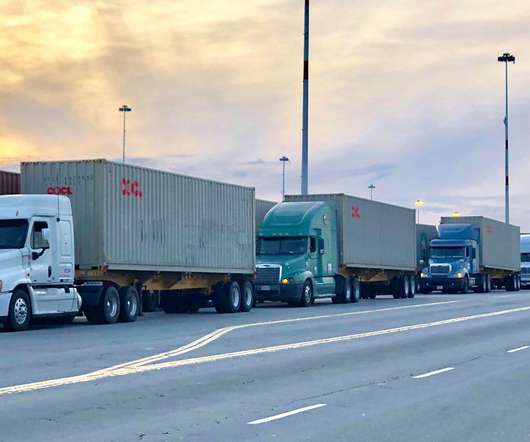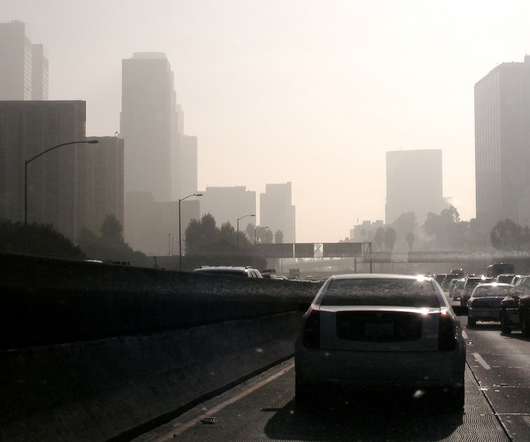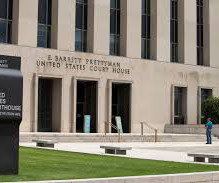Diesel is the Reason for the Sneezin’: Cleaner Holiday Deliveries are on the Horizon
Union of Concerned Scientists
DECEMBER 21, 2023
Production of the gift itself and packaging contribute to pollution, however, I wanted to better understand this “last-mile” delivery impact. How would that change if I hopped on the electric bus route at the end of my block? Would the footprint of my choices be greater if I shopped online versus driving to a local store?


















Let's personalize your content